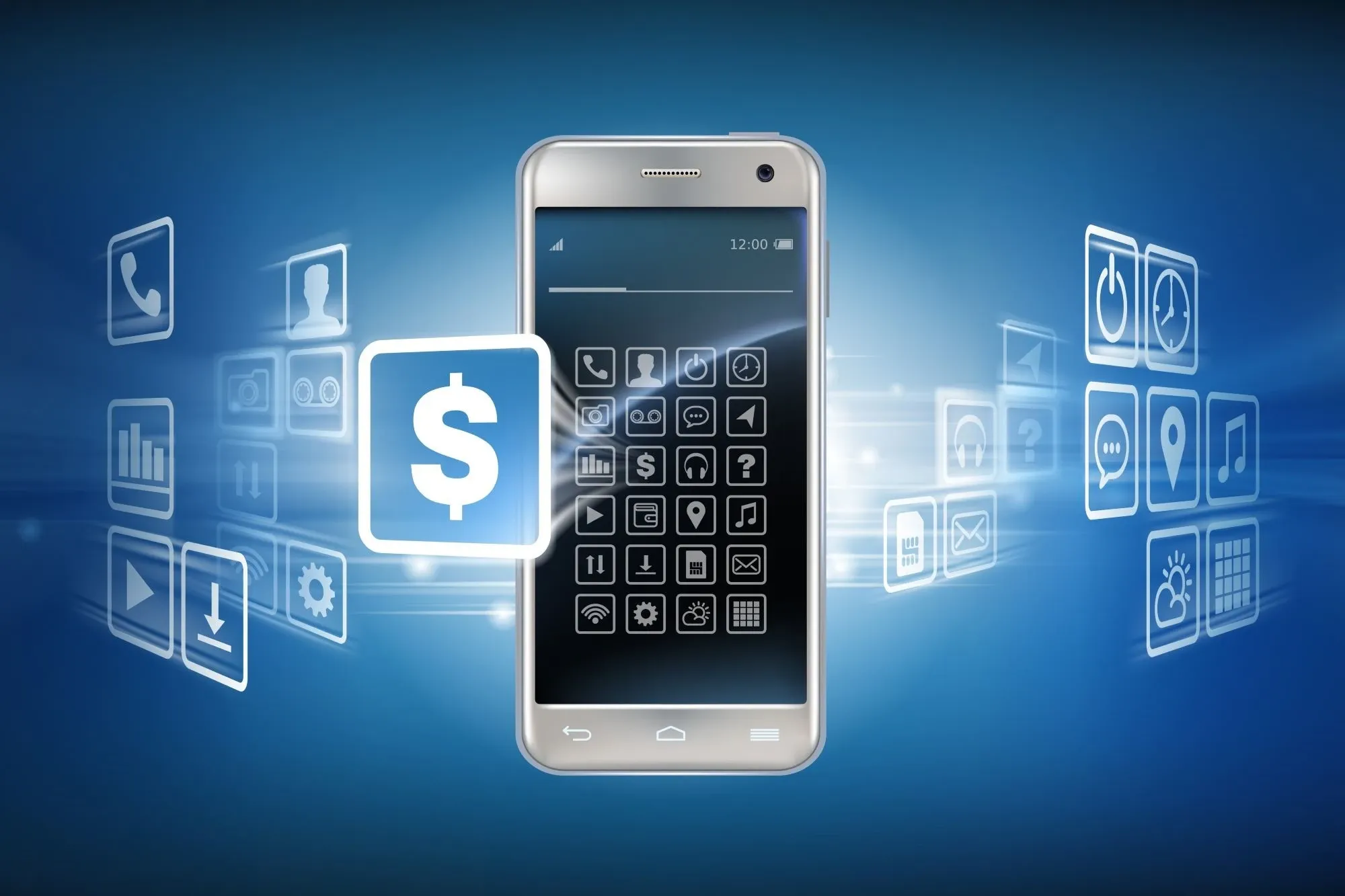In today’s rapidly evolving digital world, the way we handle money is undergoing a massive transformation. Cash is no longer the primary means of transaction, and credit cards are being supplemented – and in some cases replaced – by a myriad of digital payment solutions. This shift is not just a trend but a fundamental change in how we interact with our finances. This article delves into the future of digital payments, exploring emerging trends and addressing the security challenges that accompany this digital revolution.
The Rise of Digital Payments
Digital payments are revolutionizing financial transactions by offering convenience, speed, and global reach. Here’s a detailed look at how these changes are reshaping our financial landscape:
| Aspect | Description |
| Convenience | Digital payments eliminate the need for physical cash and traditional checks. With just a smartphone or a computer, users can complete transactions quickly and effortlessly, whether they’re purchasing a coffee at a local café or shopping for electronics online. |
| Speed | Transactions conducted through digital payment methods are processed in real-time. This instant processing contrasts with the delays often associated with traditional banking methods, such as waiting for a check to clear or for funds to transfer between accounts. |
| Global Reach | Digital payment systems enable users to make purchases and send money internationally with ease. This global accessibility is transforming commerce by allowing businesses to tap into international markets and consumers to shop from anywhere in the world. |
This table highlights the key advantages of digital payments, emphasizing their transformative impact on how we conduct financial transactions.
Key Trends in Digital Payments
As digital payments become increasingly integral to our daily lives, several key trends are emerging:
Mobile Wallets and Contactless Payments
Mobile wallets, such as Apple Pay, Google Wallet, and Samsung Pay, are increasingly becoming a staple in digital transactions. These solutions securely store payment information on smartphones, enabling users to complete transactions by simply tapping their device at a contactless payment terminal. This approach not only streamlines the payment process by eliminating the need for physical cash or cards but also enhances security. Mobile wallets employ advanced encryption and tokenization techniques to protect payment information, significantly reducing the risk of fraud and unauthorized access.
Cryptocurrencies and Blockchain
Cryptocurrencies, including Bitcoin and Ethereum, are emerging as viable alternatives to traditional forms of payment. These digital currencies leverage blockchain technology, which operates on a decentralized network. This decentralization reduces reliance on traditional financial institutions and intermediaries, potentially lowering transaction costs. Additionally, blockchain technology enhances transparency by recording every transaction on a public ledger. This ledger provides an immutable record of transactions, which helps in reducing fraud and increasing trust in the payment system.
Biometric Authentication
Biometric authentication is becoming a prominent feature in digital payment systems. Methods such as fingerprint recognition and facial scanning are gaining traction for their ability to provide robust security and convenience. By verifying a user’s identity through unique biological traits, biometric authentication adds a critical layer of security that is difficult for unauthorized users to bypass. This technology also simplifies the transaction process, allowing users to complete payments quickly without the need to remember complex passwords or PINs. As biometric solutions continue to evolve, they are expected to play an even more significant role in securing digital transactions.
Artificial Intelligence and Machine Learning
Artificial intelligence (AI) and machine learning (ML) are revolutionizing digital payments by enhancing both security and user experience. AI and ML algorithms are adept at detecting fraud by analyzing vast amounts of transaction data to identify patterns and anomalies that may indicate suspicious activity. This capability allows for real-time fraud detection and prevention, reducing the risk of financial loss. Additionally, these technologies enable personalized experiences by analyzing user data to offer tailored promotions and recommendations. This personalization enhances customer satisfaction and engagement by providing relevant offers based on individual preferences and behaviors.
Digital Banking and Fintech Innovations
Digital banking and fintech companies are reshaping the financial landscape with innovative solutions that challenge traditional banking models. App-based banking services are becoming increasingly popular, allowing users to manage their finances, perform transactions, and access a range of financial products directly from their smartphones. These apps offer convenience and flexibility, catering to the growing demand for digital-first banking experiences. Furthermore, peer-to-peer payment platforms like Venmo and PayPal are facilitating seamless money transfers between individuals, making it easier to split bills, send money to friends and family, or pay for services. These fintech innovations are driving significant changes in how financial transactions are conducted, emphasizing convenience, speed, and accessibility.
Security Challenges in Digital Payments
While digital payments offer numerous advantages, they also present several security challenges. Addressing these concerns is crucial for maintaining the integrity of digital payment systems:
Data Breaches and Cyberattacks
With the increase in digital transactions, the risk of data breaches and cyberattacks has also risen. Hackers continually seek vulnerabilities to exploit, which can lead to significant financial losses and damage to reputation. Key strategies for mitigating these risks include:
- Regular Security Audits: Conducting frequent security audits helps identify and address vulnerabilities in payment systems.
- Advanced Encryption: Using strong encryption methods protects data during transmission and storage.
Fraud and Identity Theft
Fraud and identity theft are significant concerns in the digital payment realm. Scammers employ various tactics to obtain sensitive information, including:
- Phishing: Fraudsters use deceptive emails and messages to trick users into revealing personal information.
- Social Engineering: Manipulating individuals into divulging confidential information or performing actions that compromise security.
Compliance and Regulatory Challenges
Digital payment systems must comply with various regulations and standards, including:
- PCI-DSS: The Payment Card Industry Data Security Standard (PCI-DSS) provides guidelines for protecting cardholder data.
- GDPR: The General Data Protection Regulation (GDPR) governs the handling of personal data for individuals within the European Union.
Digital Wallet Security
Digital wallets, while convenient, come with their own set of security risks. These include:
- Device Theft: If a smartphone or device containing a digital wallet is lost or stolen, unauthorized access to payment information could occur.
- Account Breaches: Weak passwords or compromised accounts can lead to unauthorized transactions.
Emerging Threats
As technology advances, new threats and vulnerabilities emerge. Staying ahead of these threats involves:
- Continuous Monitoring: Implementing real-time monitoring systems to detect and respond to security threats promptly.
- Adapting Security Measures: Regularly updating security protocols and practices to address evolving threats.
Best Practices for Ensuring Security in Digital Payments
To safeguard digital payments and protect against security threats, consider the following best practices:
- Use Strong Passwords and Multi-Factor Authentication: Ensure that accounts are protected by complex, unique passwords and enable multi-factor authentication for added security.
- Monitor Transactions Regularly: Review account statements and transaction histories frequently to detect and address any unauthorized activity promptly.
- Educate Users: Provide training and resources to help users recognize and avoid common security threats and fraud schemes.
- Implement Encryption Technologies: Employ encryption to secure data during transmission and storage, protecting it from unauthorized access.
- Keep Software Updated: Regularly update devices, applications, and payment systems to ensure they have the latest security patches and features.
The Future Outlook
As we look to the future, digital payments are set to become even more embedded in our daily lives, becoming an essential component of how we handle transactions. The continuous advancement of technologies such as artificial intelligence (AI), blockchain, and biometric authentication is poised to drive further innovation and enhance the capabilities of digital payment systems.
Artificial Intelligence and Blockchain
AI is expected to play a pivotal role in the future of digital payments. Its ability to analyze vast amounts of data and learn from patterns will improve fraud detection and prevention, enhance user experiences through personalization, and streamline payment processes. Blockchain technology, with its decentralized nature, promises to bring increased security and transparency to transactions, potentially reducing fraud and errors in financial dealings.
Biometric Authentication
Biometric authentication is likely to become even more prevalent, providing a seamless and secure way for users to authenticate transactions. Advances in biometric technology will make it possible to use a variety of identifiers, such as facial recognition, fingerprints, and even iris scans, to verify identity and authorize payments. This increased use of biometrics will enhance security while simplifying the payment experience.
Integration with Emerging Technologies
The integration of digital payments with other emerging technologies will also be a key trend. For example, the Internet of Things (IoT) is expected to enable more automated payment solutions, where devices can handle transactions on behalf of users. Imagine a smart fridge that automatically orders groceries when supplies run low and processes the payment seamlessly.
Addressing Security Challenges
Despite these exciting developments, addressing security challenges will remain a critical focus. As digital payments become more widespread, the risk of cyberattacks and data breaches will increase. Ensuring that payment systems are secure, reliable, and user-friendly will be essential to maintaining trust and confidence in these technologies.
Navigating Opportunities and Risks
The evolution of digital payments presents both exciting opportunities and complex challenges. On one hand, digital payments offer significant advantages in terms of convenience, speed, and global reach. On the other hand, they also introduce new security risks that need to be managed effectively. By staying informed about the latest advancements and adopting robust security measures, businesses and consumers can navigate this dynamic landscape successfully. Leveraging the benefits of digital payments while addressing potential risks will be key to maximizing their impact and ensuring their continued success in the future.




